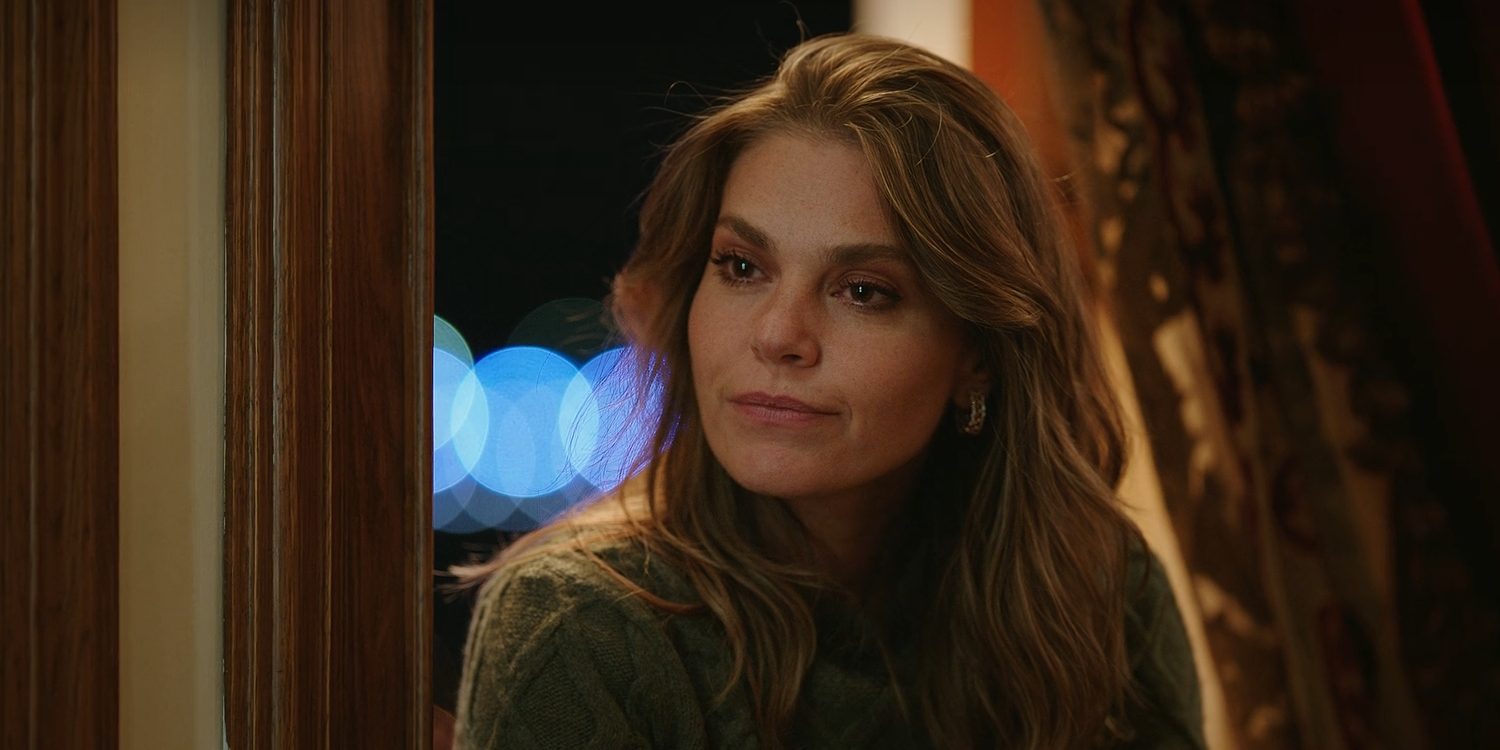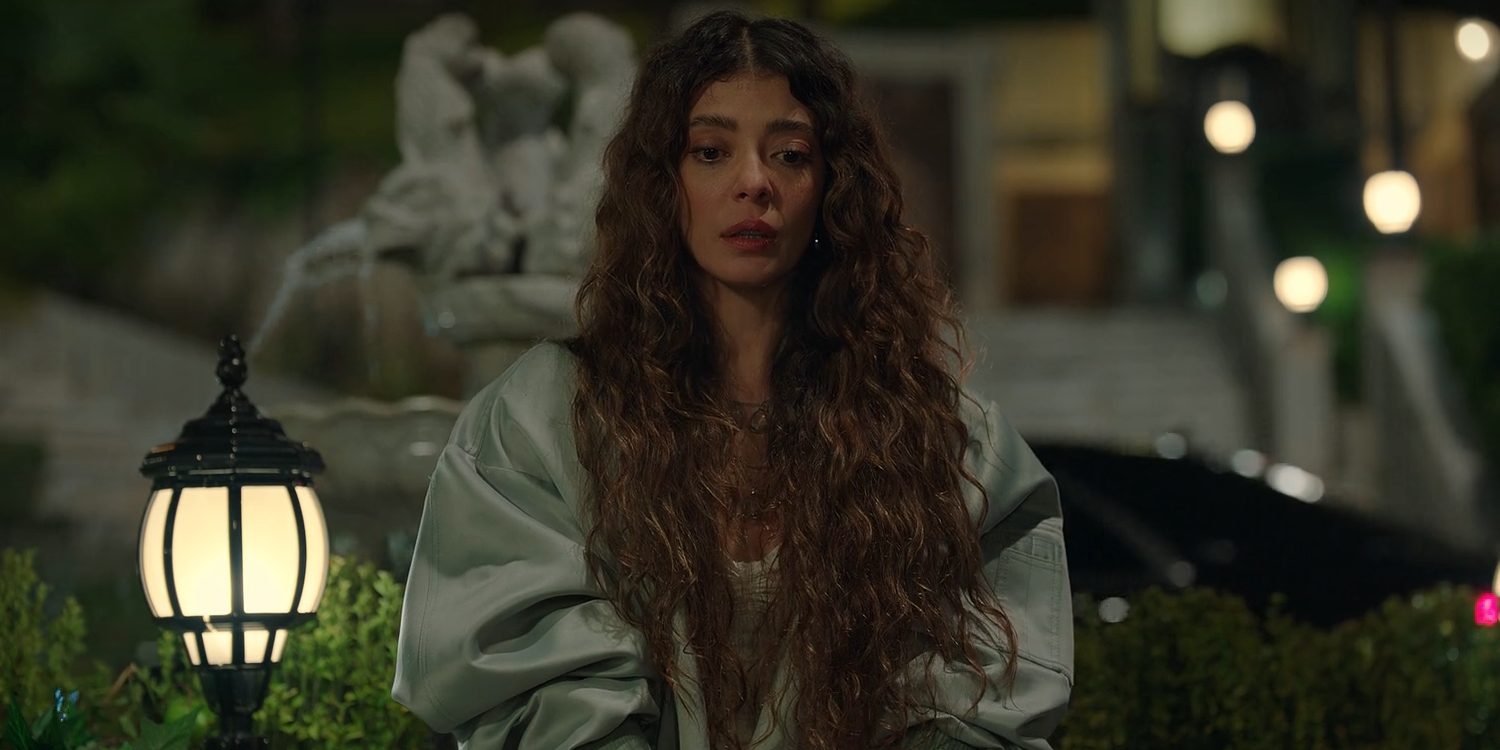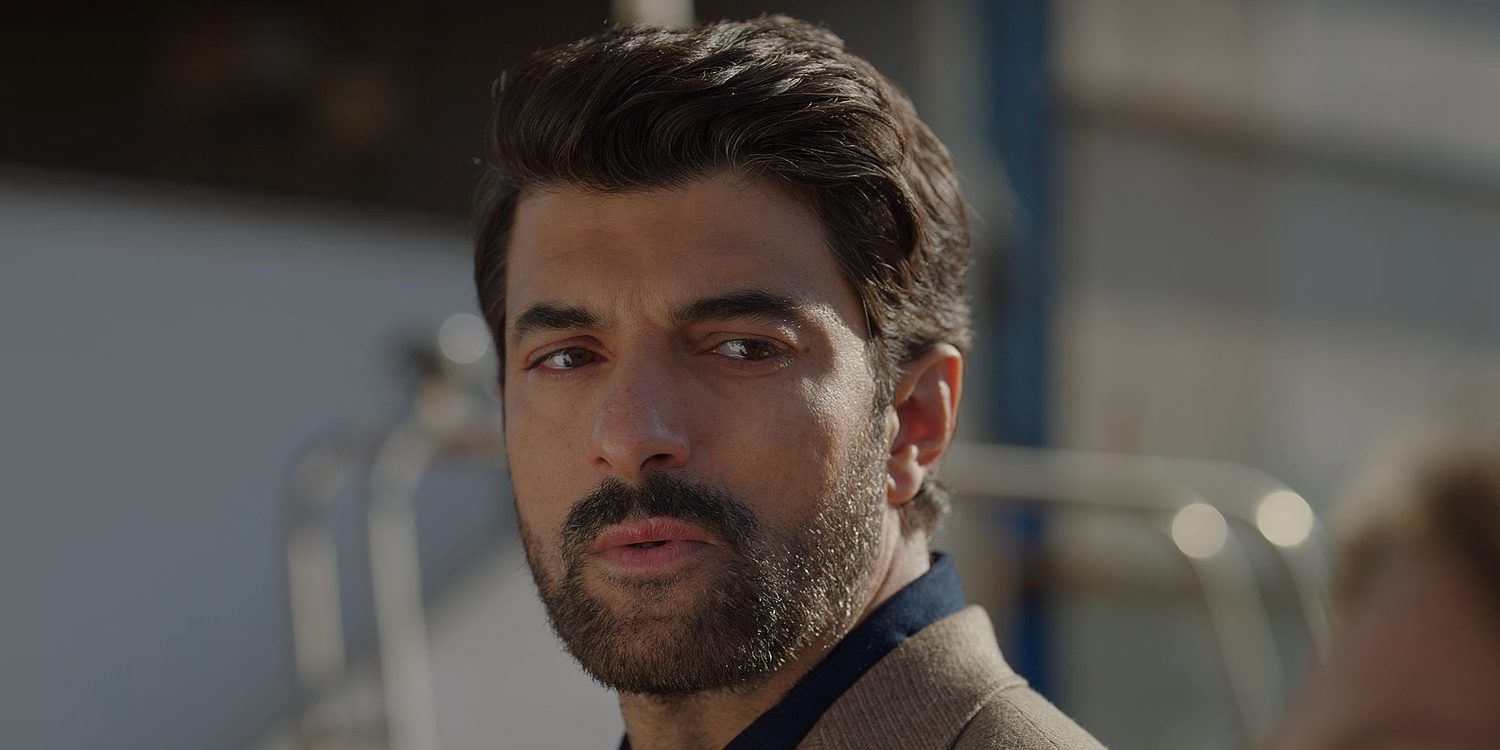Created by Meriç Acemi, Netflix’s Turkish romantic drama series ‘Old Money’ or ‘Enfes Bir Akşam’ centers on Nihal Baydemir, a wealthy woman who inherits her father, Sulhi Baydemir’s, shipbuilding business. Nihal, described as the last princess of a declining “old money” dynasty, returns to Istanbul from France. Her life takes an unexpected turn when she encounters Osman Bulut, the controller of his family’s trade business, who is determined to acquire her family’s mansion. Struggling with debt and witnessing her father’s suffering from their failing business, Nihal endeavors to build a yacht for the Bulut family, hoping to save her home in the process.
However, the situation becomes complex as Nihal finds herself drawn to Osman. Their unlikely romance further complicates matters for both them and their respective families. The series navigates ideas of family, loyalty, love, insecurity, wealth, ego, and power in complex ways. Essentially, the show reflects the kind of emotions that govern people at the pinnacle of the economic hierarchy.
Old Money is a Commentary on Wealth, Ego, and Status
Although ‘Old Money’ is a fictional story that stems from the mind of the aforementioned creator, it reflects reality intricately. At the heart of the show lies the battle for wealth and status between the Bulut and Baydemir families, which is complicated by the egos of the family members. Osman Bulut and Nihal Baydemir find themselves as the main representatives of their families’ interests, which makes their love story complex. The former makes it his life’s goal to acquire Nihal’s mansion by trapping her and her father, Sulhi, in a cycle of debts and contracts. In reality, at the elite level, wealthy families who are business rivals resort to various financial tactics to gain the upper hand. Though the series isn’t structured like HBO’s ‘Succession,’ where a corporate battle takes place between the Roy siblings, it focuses more on the image of family and the obsession over status.

Osman, due to his humble beginnings, resents people who come from “old money.” In this case, old money refers to acquired wealth that is passed down across generations. He considers himself a representative of “new money,” which indicates wealth acquired through hard work. This fundamental social issue of merit versus nepotism is highlighted in the narrative. Despite not knowing Nihal very well, Osman assumes that people belonging to “old money” are naturally egotistical and elitist, which creates misunderstandings between the two. The conflict between the Buluts and the Baydemirs is not shaped by business interests but by the egos of family members, who want to protect their legacies as opposed to their companies.
Wealth becomes more than just a symbol, but rather a weapon that is meant to curb the ego of the opposing sides. Despite living in a bigger house and having greater wealth, Osman relates to Nihal’s mansion as the symbol of happiness, because he had seen it during his poverty-ridden childhood while taking a ferry. According to reports, Türkiye’s wealthiest 10% of the population possesses a significant 68% of the nation’s total wealth. Within this group, the richest 1% alone control 26% of the country’s assets. Conversely, the bottom 50% of the population holds a mere 2.6% of the wealth.

The show looks at people who belong to the top 10% in this social equation, and narrates how insecurity can creep into the human mind despite the abundance of wealth. It is also a subtle commentary on how the rich and the poor almost live in different worlds and have different problems to worry about. In contrast to the show, Turkish movies like ‘Abandoned Man’ show the other side of the wealth gap, pointing out that peace and happiness are not guaranteed by financial elements alone. In conclusion, it can be said that the narrative is a balanced take on ego, status, and money that reflects a complex socioeconomic truth.
The Show is a Poignant Exploration of Love in a Competitive World
The emotional core of the series is the love story between Osman and Nihal, who face the trials and tribulations of representing different views on wealth. Although there is no indication of their character arcs being inspired by real individuals, it narrates how love is more complicated than what people may believe. Based on the premise of the show, one may expect it to be a simple romantic drama that follows two characters falling in love. However, the narrative provides a nuanced take on how love is not only dependent on the connection between two people but also on their social views. The show’s portrayal of the difficult reality of love in a world of wealth and ego spiritually connects it to films like Joe Wright’s ‘Pride & Prejudice,’ where Mr. Darcy’s love for Elizabeth Bennet is complicated by their wealth gap and social statuses.

Though the show features two main characters who are both rich, they still face the consequences of belonging to old money and new money. The idea of how love and economics intertwine is the soul of the show, forging a philosophical connection between the series and films like Celine Song’s ‘The Materialists,’ which also looks at how love and wealth can complicate relationships. Osman and Nihal’s journey features several layers, which represent social reality in a poignant manner. Ultimately, the show is a realistic exploration of the complexities of love in a world where competition, survival, and materialistic values prevail.
Read More: Old Money Ending Explained


